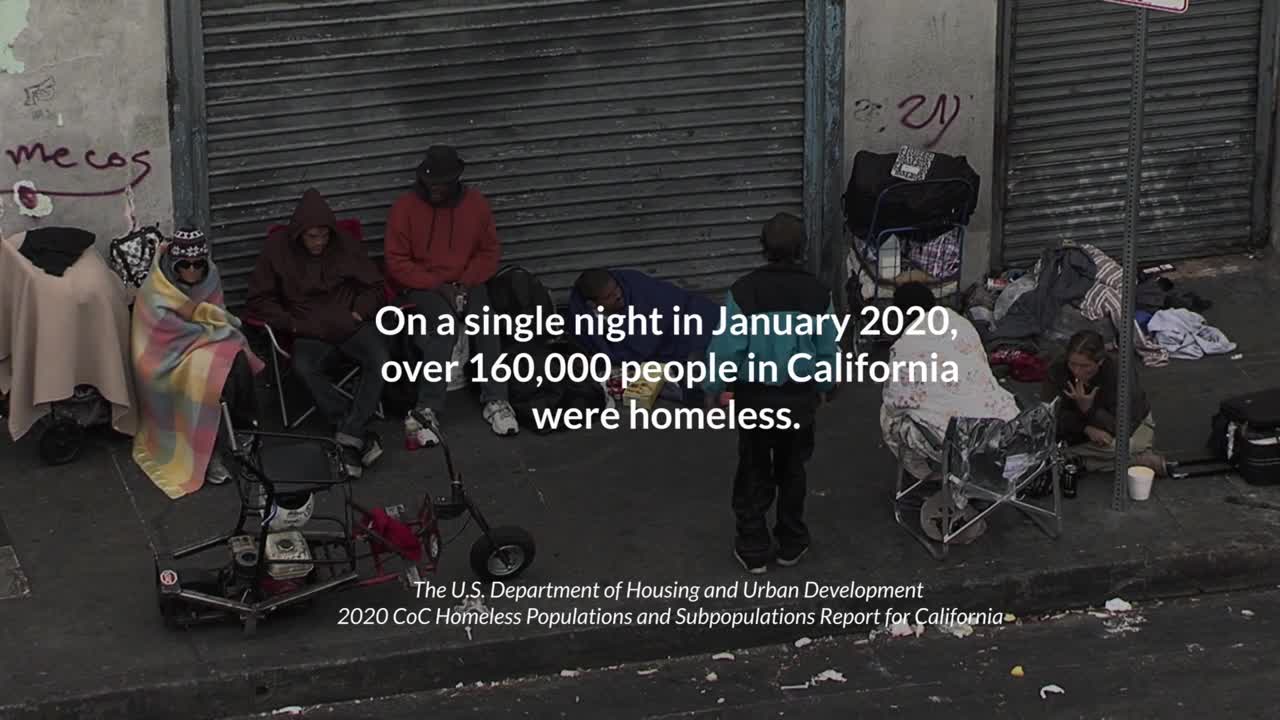
Plante Moran and partners support California’s efforts to address homelessness by building a first-of-its-kind homeless data integration solution.
Every day in California, families and individuals find themselves experiencing or on the brink of homelessness. According to the United States Interagency Council on Homelessness, over 161,500 of California’s residents experience homelessness on any given day — that’s 27% of America’s entire population that experiences homelessness. To solve this crisis, California needed an integrated, transparent, end-to-end data solution to help identify and track root causes, monitor trends, and predict homelessness.
Under the direction of Governor Gavin Newsom, California unveiled a first-of-its-kind Homeless Data Integration System, or HDIS, that offers a comprehensive picture of efforts to address homelessness. HDIS is a statewide initiative that brings a critical resource online to support the state in providing permanent housing to almost 100,000 Californians experiencing homelessness each year.
A data integration solution increases capability, builds trust, and enables a better quality of life for California citizens
The State of California engaged the expertise of Plante Moran to lead the project, working with the state and its 44 regional continuums of care (CoCs) to gather data into a single system. The HDIS is a priority program integral to the success of the state’s overall economic action plan and will enable all those focused on homelessness to:
- Effectively coordinate at the state and local levels.
- Gain insights into trends and root causes of homelessness across regions and subpopulations.
- Use predictive analytics to target resources more effectively and protect high-risk populations.
- Leverage gap analysis to amplify policy decisions that drive positive outcomes across the state.
- Understand what interventions are proving to be most effective.
Prior to the HDIS, data was siloed regionally. Neither CoCs nor the state had consistent access to comprehensive statewide data. Integration of data into HDIS establishes California’s first statewide repository of common homelessness data and streamlines information and analysis by combining information from 44 separate systems into one single point of access.
Strategic partnerships help to power data insights
To create HDIS, Plante Moran partnered with some of the world’s leading technology and data management companies, including:
- Informatica, which provides data integration at-scale to seamlessly manage, orchestrate, and offer trusted data across multiple systems (on-prem or cloud).
- Snowflake, which provides the data platform, enabling the HDIS to securely share, combine, and analyze data in near real-time.
- Tableau, which provides the user interface and provides real-time reporting and analysis.
- Amazon Web Services, which provides secure and resilient cloud infrastructure and services.
- Solari Crisis and Human Services, which is an award-winning Arizona nonprofit that partners with communities to provide solutions that improve public access to local services and resources.
The new HDIS enables statewide coordination by identifying patterns of service usage through the state. It also helps to identify racial and other inequalities among people experiencing homelessness. This information can be used to support technical assistance, planning, funding, and coordination of policy and decision-making at the state, regional, city, and local community level.
Details of HDIS and comprehensive data visualizations are available on the California Homeless Coordinating and Financing Council website.
We wrote the playbook for a scalable data integration solution
Plante Moran can right-size this solution and impact for communities at the state and local level across the country. Ready to learn how Plante Moran can help your state put an end to data constraints and start delivering better services for constituents? Contact us today.





